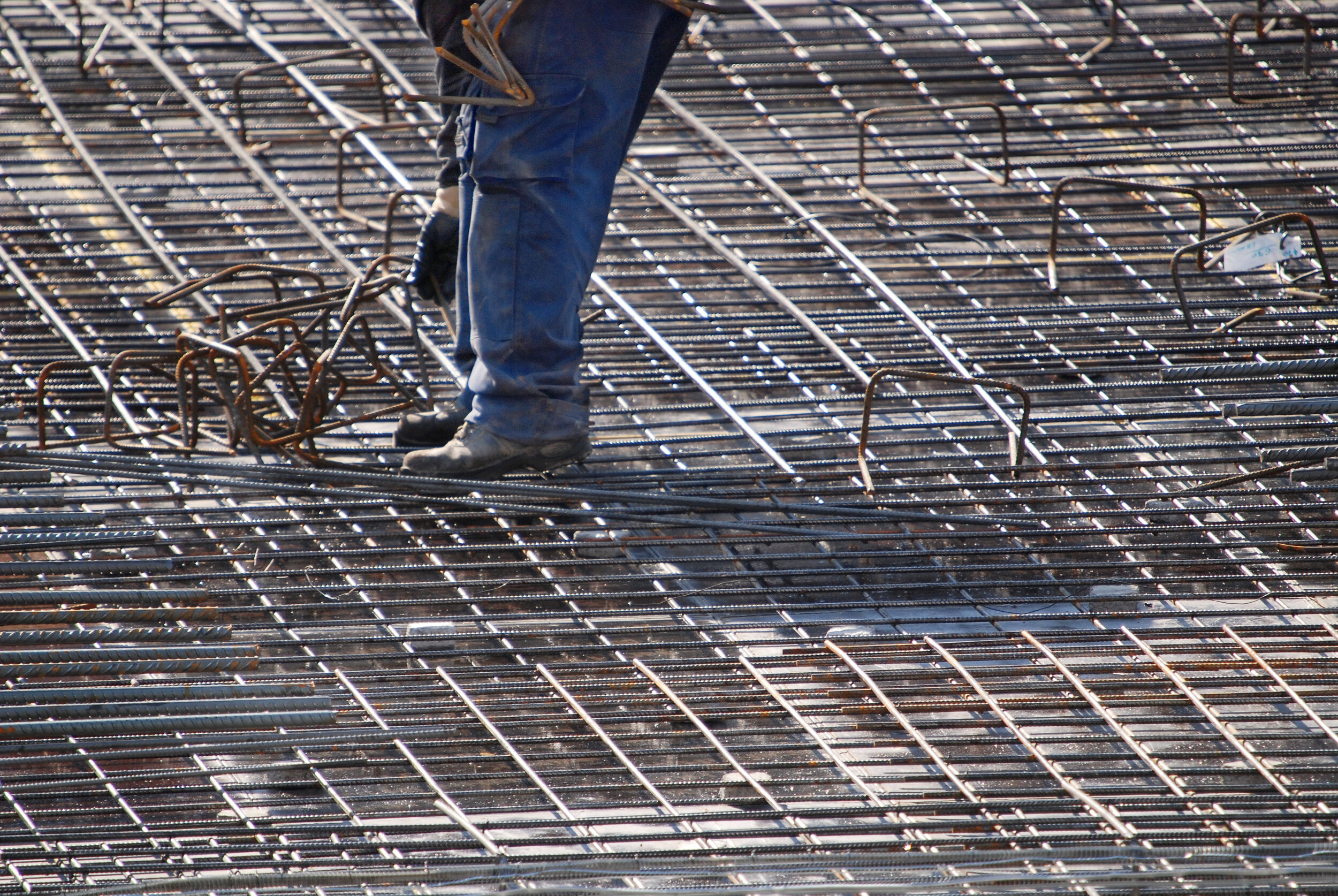Corrosion Resistance Mechanism
Essentially, stainless steels resist corrosion mainly because their chemical alloy composition ensures that the bars remain passive. This quality of stainless steel is what protects the metal from corroding.
The corrosion resistance of stainless steel is due to the passive chromium-rich complex oxide film that forms naturally on the surface of the steel in the presence of oxygen. This normal condition for stainless steel is known as the “passive state”. The steel will naturally self-passivate in the presence of oxygen and thus maintain its corrosion resistance -- so it has a built-in self-repairing, or self-healing corrosion protection system even when the bar surface is scratched or damaged. (reference : Euro Inox. Materials and Applications Series, Volume 4).
As stated, the chromium is primarily responsible for the spontaneous self-passivation mechanism; however a minimum of 10.5% is required to perpetuate this self-healing system. Lower amounts of chromium will be ineffective in resisting chemical attack. Higher amounts cause a marked increase in corrosion resistance by strengthening the film and allowing it to repair itself rapidly if broken.
The corrosion resistance of SSR is enhanced mainly with the addition of other alloying elements such as nickel and molybdenum.
Chemistry does the Work
SSR has a long term sustainable competitive advantage relative to other products based on two critical factors :
Is has vastly superior chemistry relative to other rebar products
It does not rely upon a coating nor is it a degradable resin/glass fibre composite
SSR is entirely dependent on its chemistry to provide long term service life – the chemistry is specifically formulated to resist corrosion from various forms of electrochemical attack. Depending on the type of stainless steel reinforcement, the product chemistry can comprise from 30% to 35% of the specific alloys selected to ensure corrosion resistance. In comparison, other lesser corrosion resistant bars barely have any of the essential alloys.
In contrast to SSR’s superior long term service life, other reinforcing products rely either upon the application of fragile and somewhat permeable coatings applied to corrosion-prone black carbon steel reinforcement, or on a much lower level of alloy content well below the minimum 10.5% chromium threshold. These types of reinforcement have proven to be unreliable resulting in short term service lives.
Resin coated glass fiber bars are reportedly prone to degradation resulting in a loss in strength over time.


